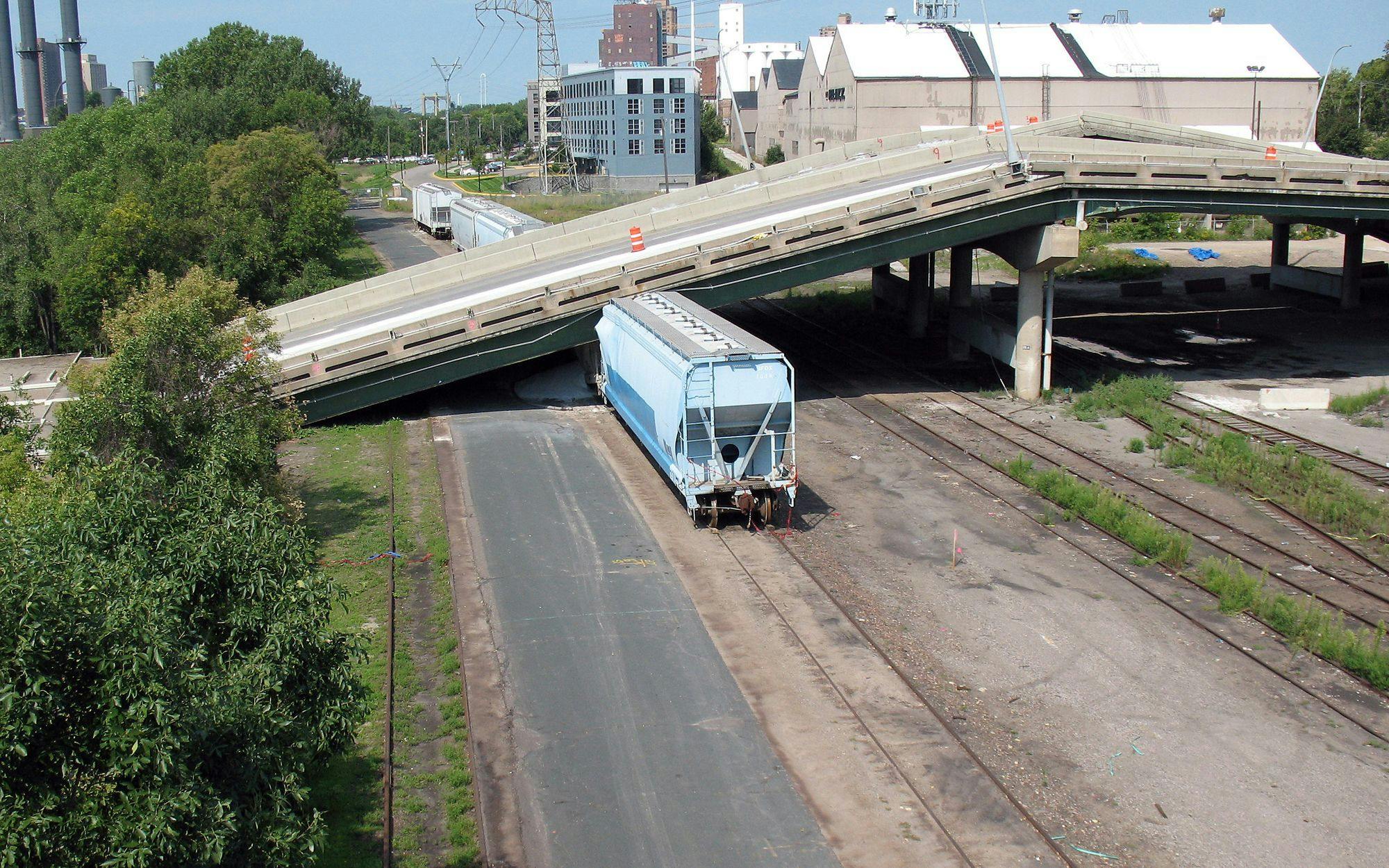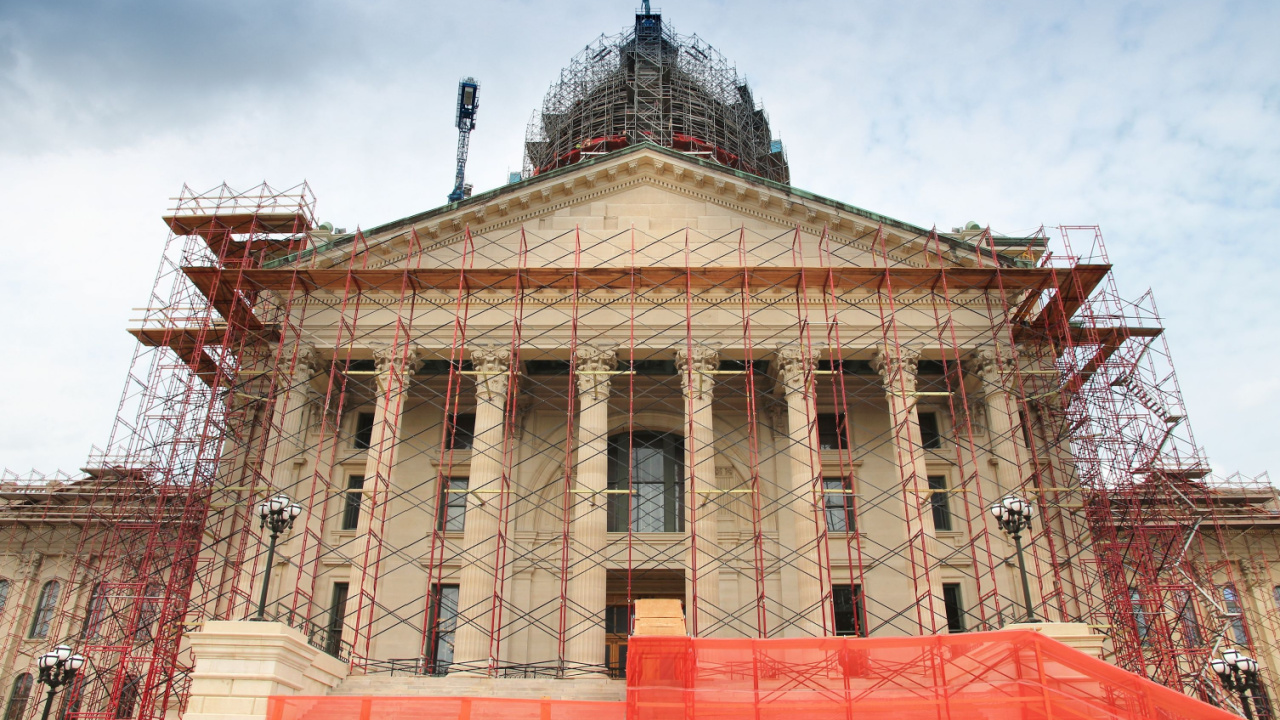
What Next? Key Steps Following a Structural Collapse or Other Crisis Caused by Defective Work
After a bridge collapse in Miami shook the Florida International University campus on March 15, the reverberations in the community began immediately. Scheduled to open in 2019, the FIU bridge collapsed during construction. News reports suggest that either a load test or post-tensioning cables were being tightened immediately before the collapse.
Immediately following the collapse, governmental investigations commenced, multiple parties began preparing for and filing lawsuits, and the parties involved began asking hard questions about whether the structural failure was caused by design flaws, construction flaws or both.
The investigation into what caused the FIU pedestrian bridge to collapse across six lanes of traffic has put the spotlight on contractors, subcontractors, inspectors, engineering and design firms, and their insurers. Resolving the complex, multifaceted issues arising from such a major structural failure requires comprehensive analysis, perseverance and counsel from knowledgeable and experienced professionals.
Based on the firm’s experience in similar matters involving defective construction and design failures, long and challenging legal disputes lie ahead. Following are three key points for parties involved in such catastrophic failures to consider.
1. Begin Immediately to Scope Out the Potential Legal and Liability Issues
Understanding and analyzing the facts in detail with a comprehensive, well-documented forensic investigation is the most critical aspect in determining the future course of action. Creating a detailed timeline of events, retaining top experts capable and experienced in forensic analysis and expert testimony, gathering as much information as possible and analyzing it and establishing critical activities must be undertaken.
2. Never Underestimate the Importance and Complexity of Insurance Issues
One cannot overstate the importance of a careful review of all insurance policies, identification of potential coverage issues and their analysis. Developing a strategy to maximize both obtaining coverage of defense costs and coverage of liability should be a paramount early objective.
3. Know Who's on Your Side
Identify the scope and type of representations required (lawyers, executives, accountants, etc.) and retain professionals with extensive experience on insurance and construction issues. Carefully select professionals who have been through these types of battles before and understand what to do and when.
A warning: during the early stages of an investigation, it is easy to be ensnared by a common pitfall - until the facts are known and what the company’s position is, do not publicly share statements that might have to be backtracked later. Clearly understand where the company stands and be aware of what isn’t known.
By performing a comprehensive analysis of the potential issues, including the quality of the design, construction, cause of the incident, available insurance-coverage and getting the right resources on the company’s side, construction project participants will increase their chances of success in resolving the myriad issues that will arise from a catastrophic construction failure.
Related stories








